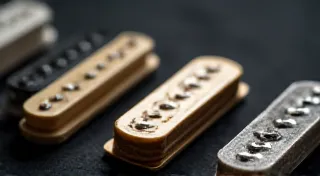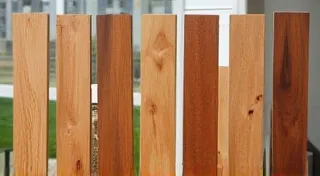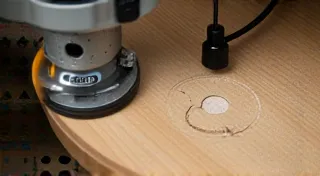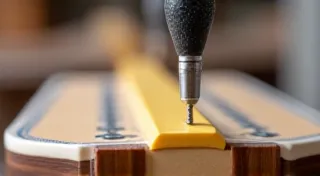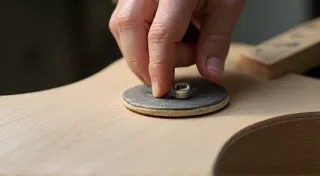The Anatomy of Silence: Mastering the Feedback Loop in a DIY Electric Guitar
There’s a peculiar beauty in the silence that precedes the roar. It’s a silence I’m intimately familiar with, not from quiet reflection, but from the dusty workshop where I spend hours coaxing life back into antique accordions. These instruments, relics of a bygone era, once filled ballrooms with vibrant melodies. Now, many are voiceless, their bellows cracked, their reeds frozen in time. Repairing them isn't simply a technical exercise; it's an act of historical preservation, a conversation with the craftsmen who built them generations ago. It's a lesson in understanding the delicate interplay of materials, resonance, and intended sound – a lesson remarkably applicable to the world of electric guitar building, especially when considering the often-misunderstood phenomenon of feedback.
Most guitarists treat feedback as a problem, a dissonant interruption to their carefully crafted tone. And yes, uncontrolled feedback can be an ear-splitting nuisance. But what if we reframed it? What if, instead of battling the feedback loop, we embraced it as a vital component of our sonic vocabulary? The very act of bringing an accordion back to life, meticulously aligning its parts, tuning its reeds – it's akin to tuning a guitar to exploit, rather than suppress, feedback. Both are about managing resonance, about harnessing the inherent properties of the instrument to create something expressive.
The Physics of the Feedback Loop
At its core, feedback is simply sustained sound. An electric guitar’s sound travels from the pickups, through the amplifier, and back to the pickups again, creating a circular loop. If the gain within this loop exceeds a certain threshold, the signal self-amplifies, resulting in the familiar squeal or howl. This isn't some random occurrence; it's a direct consequence of the instrument’s construction, the amplifier's characteristics, and the room's acoustics. The resonant frequencies of the guitar’s body, neck, and strings all contribute. A thinner body, for example, will generally be more prone to feedback because it vibrates more freely. Similarly, a higher output pickup will contribute more to the feedback cycle.
Imagine an accordion’s bellows; the way they flex and vibrate directly impacts the sound produced. A tight, restricted bellows produces a different tone than a loose, free-moving one. The same principle applies to a guitar. The entire process of construction, from selecting the wood to the final finish, significantly impacts the instrument's resonant qualities. Building a guitar often requires specialized tools. For those just starting out, it’s essential to have the right equipment without breaking the bank – a solid list of essential tools for building your first electric guitar can be a lifesaver.
During my accordion restoration work, I’ve learned that sometimes, a seemingly minor adjustment—tightening a screw, replacing a cracked reed—can dramatically alter the instrument's overall response. It’s the same principle in guitar building. The entire instrument is a system, and every component interacts with every other.
Construction Elements and Feedback: A Builder’s Guide
So, how does a DIY guitar builder approach feedback not as an enemy, but as a potential ally? It starts with understanding how different construction elements influence the loop.
- Body Wood and Thickness: Alder and Ash are common choices, offering a balance of sustain and feedback resistance. Thinner bodies (around 3mm or less) are more prone to feedback but can produce a more responsive and "screaming" tone. Thicker bodies (4mm or more) are more dampened and less susceptible. The choice of wood isn't purely about tonal qualities; it's also about how the wood reacts to vibrations and how it transmits sound – all impacting the feedback loop.
- Pickup Placement: Pickups closer to the bridge tend to pick up more high frequencies, making them more prone to feedback. Experimenting with pickup height and position can drastically alter the feedback characteristics. Choosing the right pickups is a crucial step in the guitar-building process. There’s a wide range of options available, and understanding their strengths and weaknesses is key to achieving the desired tone – a helpful guide to choosing the right guitar pickups can be an excellent starting point.
- Neck Construction: A stiffer neck reduces sympathetic vibrations and can help control feedback, though it might also diminish some of the instrument's "liveliness." The neck's rigidity plays a significant role in how the guitar responds to vibrations and influences the feedback loop's character.
- Hardware: Vibrato systems, while offering expressive possibilities, often introduce more pathways for feedback. Consider their impact on the overall system. The complexity of hardware additions can introduce unexpected resonant frequencies and contribute to unwanted feedback.
- Finish: A thick, glossy finish can dampen vibrations, reducing feedback. Conversely, a thinner, more porous finish might allow for more resonance. The finish isn't just about aesthetics; it also contributes to the instrument's overall acoustic properties and feedback characteristics. Often, the desired aesthetic must be balanced with functionality - understanding simple and affordable guitar finishing options is critical for DIY builders.
The materials you select will significantly impact the overall sound and performance of your guitar. Furthermore, proper construction techniques are crucial for stability and playability. The precision required in guitar building often necessitates specialized tools. For those venturing into this rewarding hobby, a well-curated set of equipment is essential – a thorough list of essential tools for building your first electric guitar can be a valuable resource.
Embracing Controlled Feedback: A Creative Tool
The key isn't to eliminate feedback entirely; it's to *control* it. Think of feedback not as noise, but as a raw, untamed element you can shape and mold. By carefully selecting materials, construction techniques, and amplifier settings, you can coax controlled feedback into your playing.
Imagine standing on stage, not fighting the feedback, but *conducting* it, using your body position and the guitar's angle to subtly manipulate the intensity and pitch. It's a challenging skill, requiring a deep understanding of the instrument and the acoustics of the space. But the payoff—the ability to create sounds that are both visceral and expressive—is immense.
My grandfather, a professional accordionist, once told me, “The beauty of an instrument isn’s just in what it’s supposed to do; it’s in what it’s capable of.” He was referring to the unexpected sounds he’s managed to create by pushing the limits of his instrument—sometimes intentionally, sometimes by accident. It’s a sentiment that perfectly encapsulates the spirit of experimentation that drives both instrument restoration and DIY guitar building.
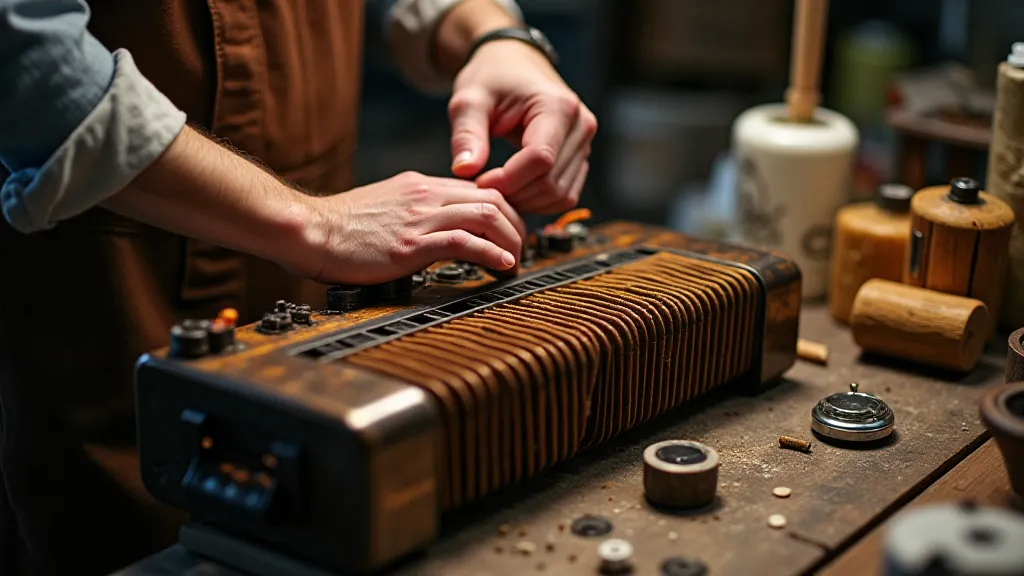
Beyond Suppression: A New Dimension of Sonic Possibility
The prevailing attitude towards feedback in the electric guitar world is one of suppression – shields, filters, dampening – all in the name of a “clean” signal. But by shifting our perspective, by viewing feedback as a design parameter rather than a problem, we open up a new dimension of sonic possibility. It requires a willingness to experiment, to embrace the unexpected, and to understand that sometimes, the most beautiful sounds emerge from the controlled chaos of the feedback loop.
Consider the entire build process as an interplay of resonant frequencies. Selecting the right wood, carefully positioning pickups, and even the type of finish applied – all contribute to the final sonic landscape. The careful selection of finishing materials is not merely aesthetic; it affects resonance and feedback characteristics. Achieving a beautiful finish doesn’t necessarily require expensive equipment or complex techniques – there are many simple and affordable guitar finishing options available to the DIY builder.

Ultimately, mastering the art of controlled feedback isn’t about eliminating it; it's about understanding it and harnessing its potential. It's a conversation between the instrument, the player, and the space—a harmonious dance of resonance and control.

The journey of understanding feedback, much like restoring an antique accordion, requires patience, observation, and a willingness to experiment. Each adjustment, each tweak, brings you closer to unlocking the instrument's full potential. The lessons learned from restoring these vintage instruments have been invaluable in my own approach to building electric guitars, highlighting the interconnectedness of craftsmanship, resonance, and sonic expression. It's a process of continual learning, a constant refinement of technique and understanding—a pursuit as rewarding as it is challenging.
